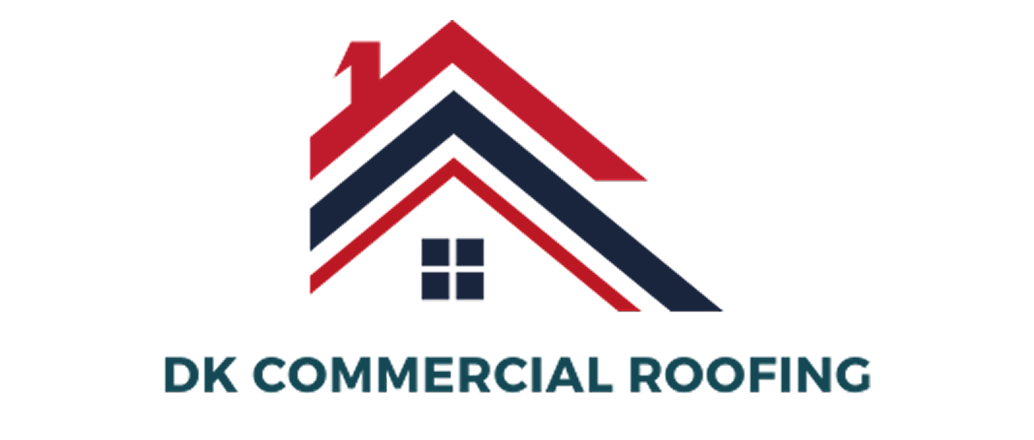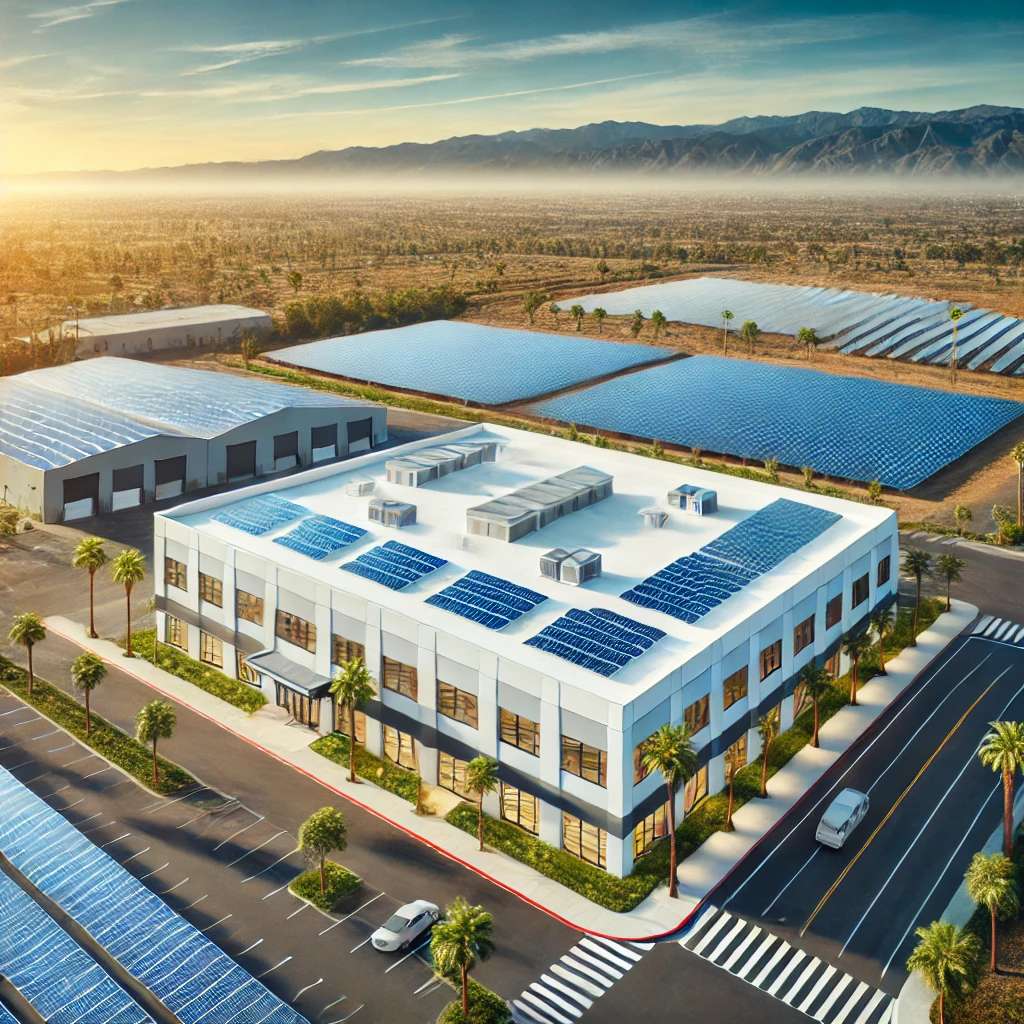The Top 5 Commercial Roofing Mistakes Property Managers Make in Southern California (and How to Avoid Them)

When you manage a commercial property, your roof is more than just a cover overhead — it protects your tenants, operations, inventory and long-term investment. In cities like Lake Elsinore, Perris and Redlands where sun, wind and seasonal weather changes can challenge even the toughest roofing materials, mistakes can be costly. At DK Roofing we’ve seen how overlooked issues turn into major problems. Here are the 5 most common commercial roofing mistakes property managers make in Southern California — and how to avoid them.
Commercial Roofing Mistake #1: Delaying Minor Repairs
Small leaks and punctures may seem harmless at first especially if they only appear during rare rainstorms. But in places like Temecula or Apple Valley where roof exposure to high UV radiation weakens materials over time a minor crack today can turn into a full tear tomorrow. Delaying repairs not only leads to more costly fixes later but can also void your roofing warranty.
For example a retail plaza in Banning ignored a seam blistering issue for several months. When the first big rainstorm hit the building sustained thousands of dollars in interior damage — all from something that could’ve been patched for a fraction of the cost.
Maintenance Tip: Walk your roof quarterly or after any storm. Look for standing water, lifted edges or dark discoloration. Catching issues early can save tens of thousands.
Commercial Roofing Mistake #2: Using the Wrong Roofing Material for the Building
Not all commercial roofs are created equal. We’ve seen office buildings in Highland roofed with materials better suited for warehouses or restaurants using systems that can’t resist grease and exhaust.
In Redlands for instance an owner opted for an inexpensive modified bitumen roof over their restaurant’s kitchen — only to replace it 5 years later when fumes degraded the material.
Choose your material based on building function, foot traffic, local weather and your long-term energy goals. TPO or PVC membranes are ideal for most flat-roof buildings in Southern California offering reflectivity, flexibility and chemical resistance.
Maintenance Tip: If you’re unsure about your current roof’s suitability have a qualified roofer inspect the material compatibility with your building type and use-case.
**Commercial Roofing Mistake #3: Poor Drainage Design or Neglecting Roof Drains
**Water should never sit on a roof for more than 48 hours. Yet in cities like Menifee and Beaumont we see roofs with clogged or poorly placed drains — leading to pooling, membrane deterioration and even mold growth inside walls.
One warehouse in Perris had persistent leaks near its HVAC system which turned out to be caused by improper slope and blocked drains. Fixing the drainage system stopped the leak without any roof replacement.
Maintenance Tip: Make it a habit to inspect and clear roof drains every spring and fall — and especially before rain is forecast. Debris and leaves are silent saboteurs.
Mistake #4: Overlooking Skylight and Roof Penetration Maintenance
Skylights, vent pipes, HVAC curbs — all of these create breaks in your roofing membrane and are common failure points. In areas like Yucaipa and Highland where temperature swings cause materials to expand and contract poor flashing can quickly lead to leaks.
A gym in Lake Elsinore had to shut down part of its facility due to a skylight leak that developed into a full ceiling collapse. The fix? A $1,000 skylight resealing job that was ignored for 2 years.
Maintenance Tip: Add flashing inspections to your maintenance checklist. Sealants dry out faster than membranes so they need attention every 1-2 years.
Mistake #5: Failing to Plan for Solar or Rooftop Equipment
Solar adoption is rising fast in cities like Palmdale, Lancaster and Murrieta. But we often see property managers install solar panels without prepping the roof properly. The result? Water leaks around mounting points, shortened roof lifespan or voided warranties.
The right approach is to coordinate roofing and solar at the same time. Installing a new cool roof just before a solar panel system goes up ensures optimal reflectivity, thermal performance and waterproofing.
Maintenance Tip: Always consult a roofer before adding solar, HVAC units or heavy signage to your roof. Load capacity and seal protection are critical.
Bonus Mistake: Skipping Roofing Maintenance Entirely
Many property managers wait until a problem is visible before calling a roofer. But by then the damage is already costly. In California’s inland cities your roof is exposed to extreme conditions — and regular maintenance is essential.At DK Roofing we recommend at least 2 full inspections per year: one in the spring to prepare for summer and one in the fall before storm season. We have custom maintenance plans for buildings in all 15 of our service cities.
Maintenance Tip: Create a maintenance log. Keep records of inspections, repairs and conditions. This will help with warranty claims and insurance documentation.
Bottom Line
Managing a commercial roof isn’t just about repairs — it’s about prevention. From Menifee to Redlands we’ve helped property managers save thousands in damages just by educating them on what to look for. Not sure about your current roof’s condition? Schedule a no obligation inspection with DK Roofing today. We’ll help you protect your investment and give your roof the attention it deserves.




